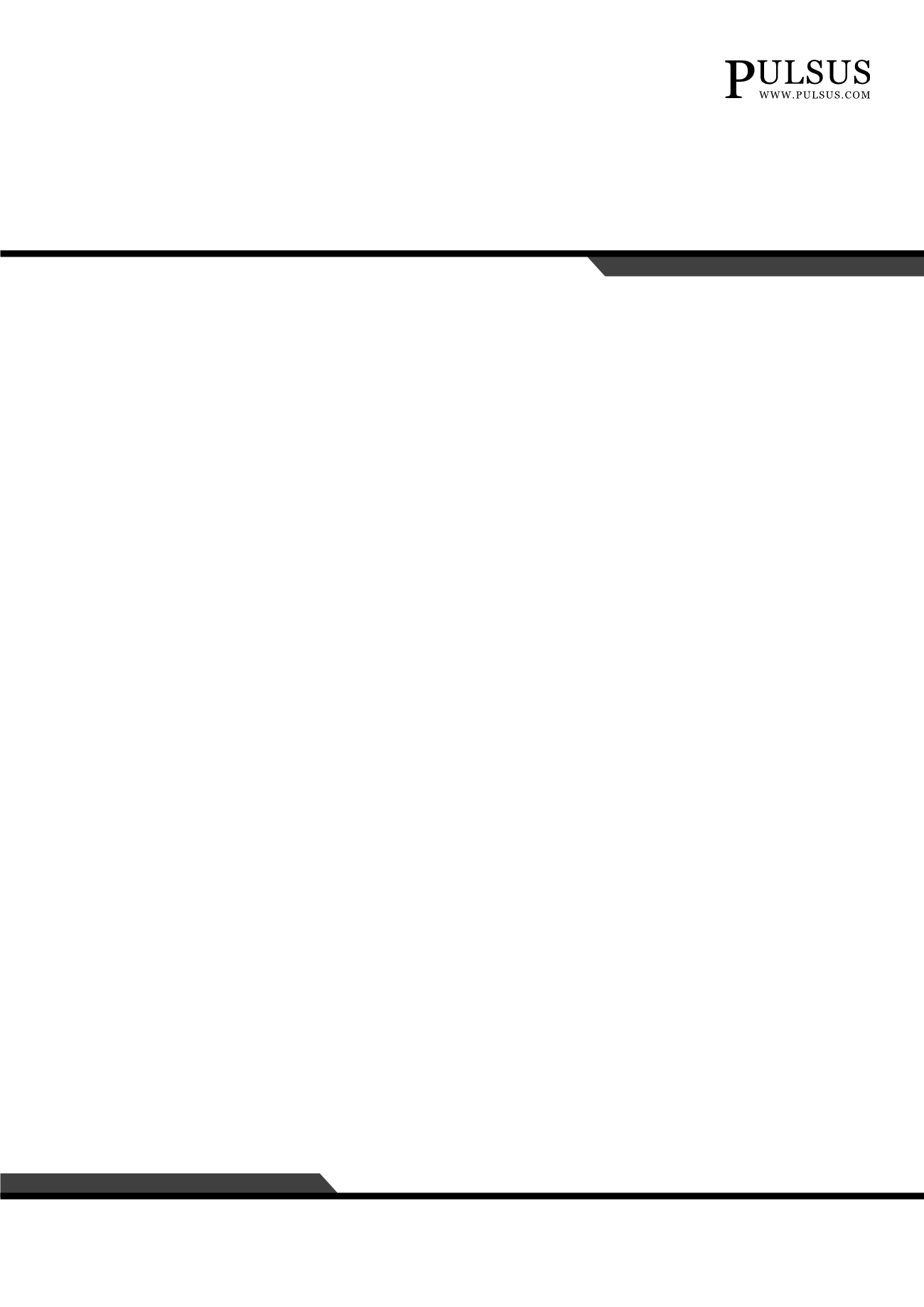

Page 48
Current Research: Integrative Medicine
October 16-17, 2017 Chicago, USA
Yoga and Physiotherapy Congress
Yoga and Physiotherapy 2017
Longitudinal changes in lifestyle behaviors and health status of the health science
community at Kuwait University
Nowall Al-Sayegh
Kuwait University, Kuwait
Introduction &Objectives:
Health professionals who adopt healthy lifestyles are more likely to promote healthy
living practices in their community. Data are needed to inform the building of such a culture. Therefore, the aim
was to benchmark HSC staff and students’ health across successive years.
Methods:
Data on health behavior profiles related to smoking, physical activity, stress, sleep, systolic and
diastolic blood pressure (SBP and DBP), heart rate (HR), random blood sugar (RBS), body mass index (BMI)
and waist-to-hip ratio (WHR) from the on-going longitudinal data collection was collected.
Results:
420 participants (130 academic or non-academic staff, 290 students, 113 males and 307 females)
participated in both 2014-15 and 2015-16. From unhealthy in 2014-15 to healthy in 2015-16, comparisons using
McNemar Chi-square test showed major changes in SBP (36.8%, p<0.001), DBP (17.5%, p<0.001), HR (21.1%,
p=0.001), and moderate physical activity (20.1%, p=0.002). Subgroup analyses showed similar changes in status
among female and student groups. Among male participants, the change was significant only in SBP and DBP
and the staff subgroup in SBP, DBP and HR. A marginal change was seen in WHR from healthy to unhealthy
among all participants (7.4 %, p=0.040) and student subgroup (6.6 %, p=0.007). Considerable change in the same
direction was observed in BMI among female (30.7%, p=0.016) and student groups (30.1%, p=0.032). Notable
proportions of all participants remained unhealthy in stress (78.8%), sleep hours (61.1%), HR (49.3%) and BMI
(28.2%). Smoking status and RBS level of all participants were found to be healthy in both study years (88.8%
and 98.8% respectively).
Conclusions:
This study noted suboptimal health on several dimensions of lifestyle behaviors and objective
measures. On the basis of our findings, health promotion strategies on campus can be justified.
nowall@hsc.edu.kw















